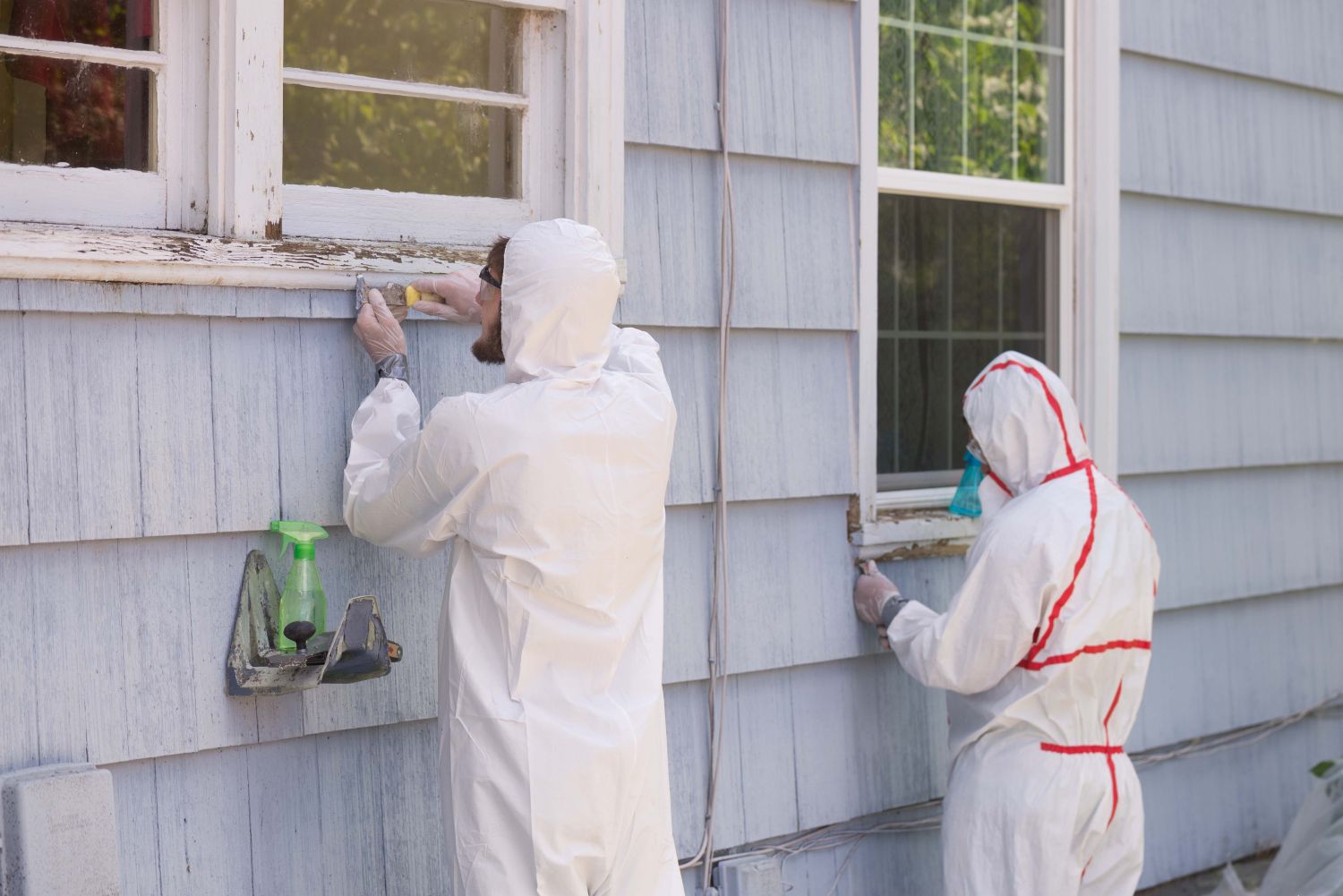The lingering threat from lead paint in the construction industry
For decades, lead paint has been recognised as a major health hazard, yet in many parts of the world, construction workers still face significant risks of exposure. While developed nations have largely phased out its use, older buildings continue to pose dangers - and in some regions, lead paint remains a common feature in new construction. The question remains – why is lead paint - despite overwhelming evidence of its harmful effects - still an issue in the construction industry, writes John Ridgeway?
Lead-based paint was widely used in homes, commercial buildings and infrastructure projects throughout the 20th century. Its durability, resistance to moisture and vibrant pigmentation made it an attractive option for builders. However, as early as the 1920s, medical professionals began raising concerns about lead poisoning, particularly in children who ingested paint chips. Over the decades, scientific research confirmed that exposure to lead could cause severe neurological, developmental and cardiovascular issues.
By the 1970s and 80s, many developed countries, including the United States, Canada, and much of Europe, introduced strict regulations banning the use of lead paint in residential and commercial construction. However, the problem was far from solved. Millions of buildings still contained layers of old lead-based paint, and in many developing countries, the regulatory framework to eliminate lead from new paints was either weak or non-existent.
In North America, lead-based paint was banned for residential use in the U.S. in 1978 and in Canada in 1992. Despite these bans, lead paint still poses a risk to construction workers tasked with renovating, demolishing, or maintaining older buildings. The Environmental Protection Agency (EPA) in the U.S. and Health Canada have implemented strict guidelines for lead paint removal, requiring protective equipment, specialised training and careful disposal methods. However, many smaller construction firms and independent contractors still fail to comply fully with these safety measures, leaving workers vulnerable to exposure.
The UK and European Union also have strict controls on lead in paints, but as with North America, the primary risk comes from older buildings. According to a recent report from the UK Parliament, millions of homes still contain lead paint, particularly in properties built before the 1960s. The challenge in the UK is ensuring that construction workers handling lead-painted materials adhere to safety guidelines, as improper sanding or stripping of old paint can release toxic lead dust.
Developing countries
In stark contrast, many developing countries continue to use lead paint in new construction projects. A study by the NGO IPEN found alarmingly high levels of lead in paints sold in parts of Africa, South Asia and Latin America. This is due to weaker regulations, a lack of enforcement, and the cost-effectiveness of lead-based pigments. In countries like India, Indonesia and Nigeria, construction workers often work without protective equipment, and awareness of lead poisoning remains low.
Even where lead paint is officially banned, enforcement is often lacking. In many developing nations, regulatory agencies lack the resources to test paint products or inspect construction sites effectively. Corruption and lobbying by paint manufacturers have also played a role in delaying bans and restricting effective oversight.
This could be because lead-based pigments and stabilisers are cheaper than their non-toxic alternatives. In countries where cost considerations drive construction decisions, lead paint remains a preferred choice. Manufacturers often continue to produce leaded paints, sometimes exporting them to markets where regulations are weaker.
To compound the problem, many construction workers, particularly in the informal sector, are unaware of the dangers of lead exposure. Even in developed nations, smaller contractors and independent workers may not follow best practices for dealing with lead paint, increasing their risk of inhalation or ingestion of toxic dust and particles.

Lead poisoning is particularly dangerous for construction workers due to their direct exposure to lead-containing dust, fumes and debris. Symptoms of lead poisoning include neurological damage, including memory loss and cognitive impairment, cardiovascular issues such as high blood pressure, kidney damage, reproductive problems, including reduced fertility and increased risk of cancer
Workers engaged in tasks such as sanding, cutting, or stripping old paint are especially vulnerable. Without proper protective gear and training, they risk long-term health complications that may not manifest until years later.
Strengthening regulations and enforcement
This means that governments must not only ban lead paint, but also enforce compliance through regular inspections and penalties for violators. International bodies such as the United Nations and World Health Organisation have called for a global phase-out of lead paint, but many countries have yet to take decisive action.
All this means that construction companies should implement mandatory training on lead safety protocols, including identifying lead hazards before starting work, using protective equipment such as respirators and gloves, employing wet methods to minimise dust exposure and properly disposing of lead-contaminated materials.
Even after all these years, the persistence of lead paint in construction is a stark reminder that public health and safety must remain a priority, not just in wealthier nations, but globally. While significant progress has been made in eliminating lead-based paints in many countries, millions of construction workers worldwide still face unnecessary risks due to regulatory failures, lack of awareness and economic pressures.
A concerted global effort is needed to finally eliminate lead paint and protect workers from its dangers. Governments, industry leaders, and advocacy groups must collaborate to ensure safer construction practices, better enforcement of regulations and wider adoption of lead-free alternatives. Until then, construction workers in many parts of the world will continue to bear the burden of a toxic legacy that should have been left in the past.
Additional Blogs

The silent death of the fixed-price contract
For decades, the fixed-price contract has been the backbone of construction procurement. It promised certainty with a defined scope, an agreed sum and a clear transfer of risk from client to...
Read moreWhy good contractors are walking away from bad projects
There is a growing change happening across the construction industry, one that many clients still have not fully recognised. Highly competent, reputable contractors are increasingly walking away from...
Read more

When fire breaks out who really knows the system
The story that caught my attention recently wasn’t about fire growth or building loss, it was about confusion. Specifically, the confusion faced by the fire service when arriving at buildings...
Read more